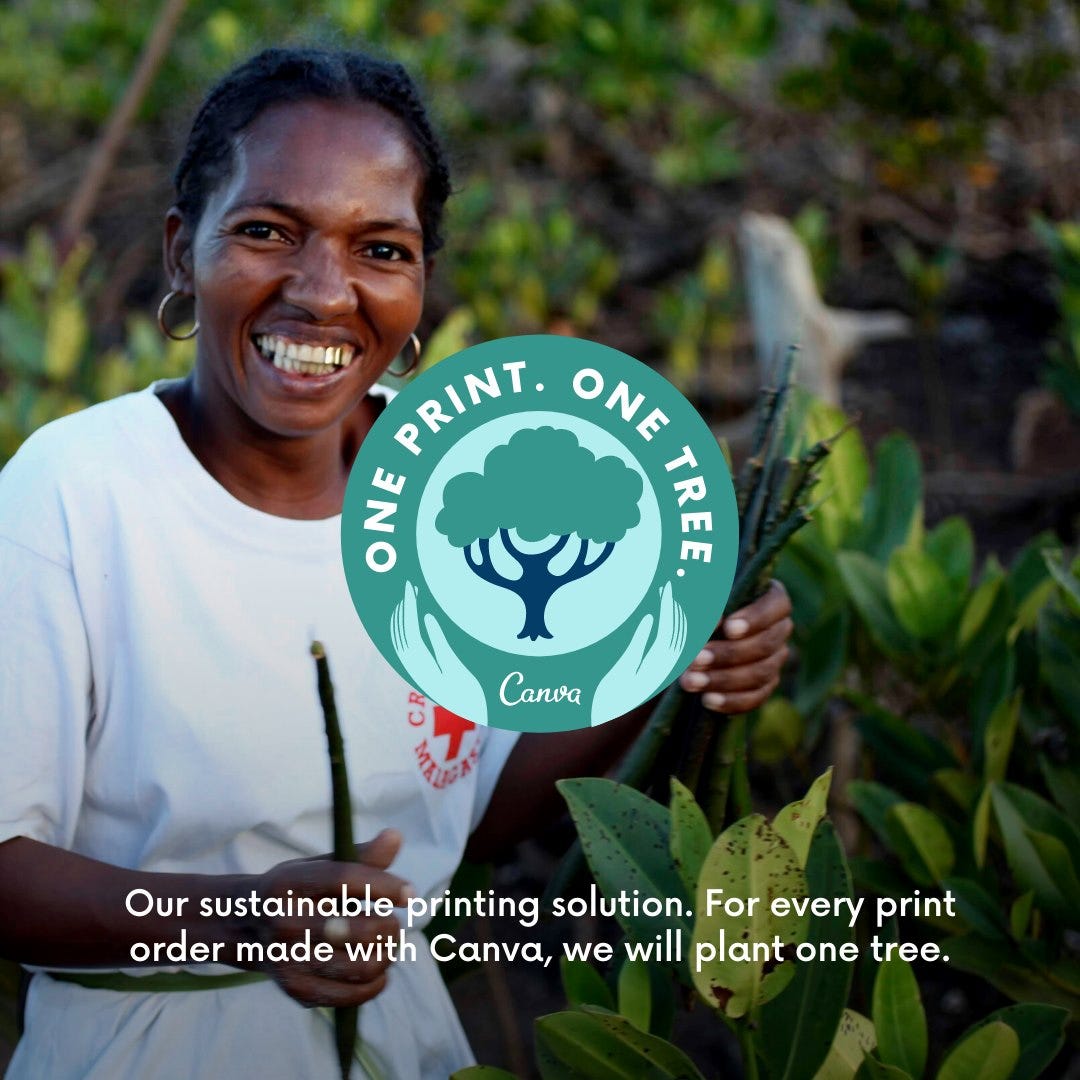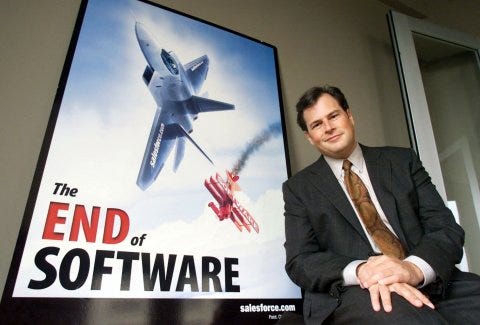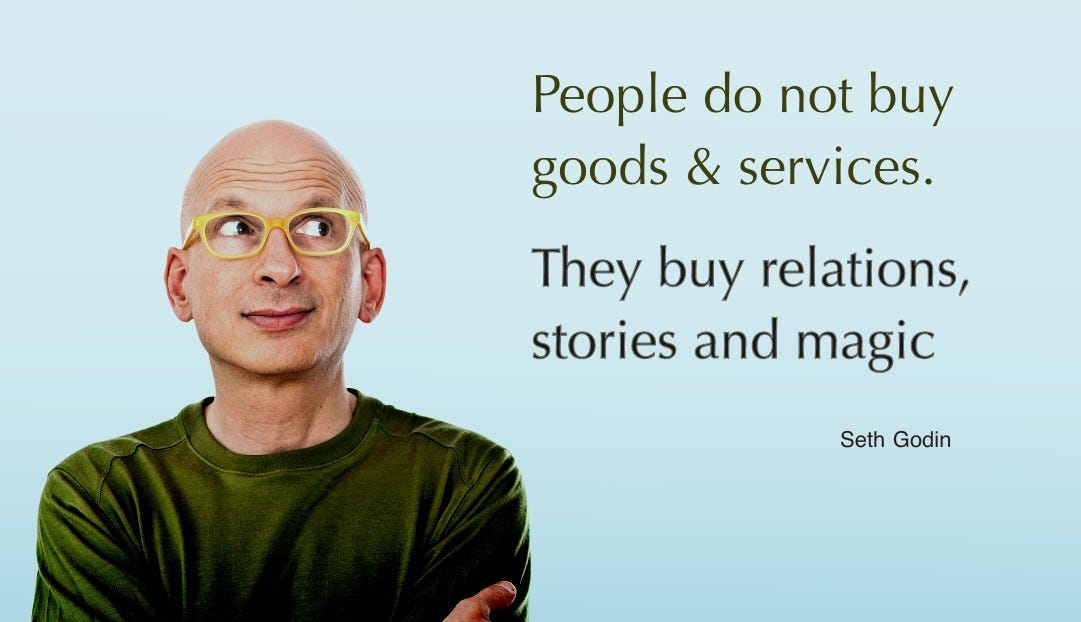Why and How to Craft a Compelling Product Narrative.
You’re not just selling a product—you’re telling a story that will make people believe in it.
Defining product positioning is hard. So it’s easy to think that once you’ve defined your product’s positioning, the hardest part is over.
You’ve nailed down what makes your product unique, why it matters, and how it stands out from the competition. But then, when it’s time to write the messaging, something feels off.
The words are there, but they lack life. They don’t connect. And it’s frustrating.
I’ve been there too. Struggling to make words come alive, but the phrases feel empty, the value propositions fall flat, and no matter how much you tweak, nothing seems to capture the essence of what you want to say.
You don’t understand why, if you know your product inside out, and you’re confident in its value, when it comes to communicating that value, the magic just isn’t there.

The problem isn’t with your messaging skills—it’s with the missing link between positioning and messaging: the product narrative.
Messaging without a narrative
This is where many get stuck. They skip over the narrative, diving straight into messaging without first telling the story that breathes life into the product. Without a narrative, your messaging ends up as a list of features and benefits—informative, but not compelling.
It talks at your audience instead of with them. But facts and figures alone rarely move people to take action.
Crafting a story that moves people
Before you can write messaging that truly resonates, you need to craft a product narrative. A story that’s not just about what your product does, but why it exists and who it’s for.
This story should make people FEEL something, so that they DO something.
Think about Nike in the mid-80s. They were known primarily as a running shoe company, far removed from the world of basketball where Converse and Adidas ruled. When Nike approached a young Michael Jordan, they weren’t just offering him a contract; they were offering him a narrative—a vision of greatness where he was the star.
In the movie Air, Sonny Vaccaro, representing Nike, delivers a powerful message to Jordan: "A shoe is just a shoe until someone steps into it."
Nike wasn’t just asking Jordan to wear their shoes; they were asking him to redefine what it means to be a basketball player. They told a story where Jordan was more than just another athlete—he was the future of the game, and the Air Jordan was the symbol of that future.
This wasn’t just about shoes; it was about legacy, about changing the game forever. Nike made Jordan feel that the Air Jordan wasn’t just a product—it was a part of his journey to greatness.
That story moved him to take a chance on a brand that wasn’t yet known for basketball.
The overlooked power of emotion in B2B
If you think emotional narratives are only for B2C, you are wrong. The assumption that B2B buyers are purely rational, driven solely by logic and data, is a myth that needs to be ended.
Yes, B2B decisions often involve multiple stakeholders and larger investments, but at the end of the day, those decisions are still made by people. People with emotions, fears, and aspirations.
I’ve seen this firsthand. When we launched Canva Print in Germany—a country known for its strong aversion to the environmental impact of printing and an even stronger pushback for greenwashing—our approach could have easily backfired. We could have bombarded them with details about all our sustainability practices, but I knew that wouldn’t be enough.
Instead, we launched a movement that planted trees for every print order placed with Canva.
We didn’t just tell them we cared about the environment; we showed them by making them a part of the solution.
People, businesses and partners connected with this story, not just the product. They felt they were contributing to something bigger than themselves, and that emotion drove them to choose Canva Print in a market that was, on the surface, unlikely to embrace it.
When Salesforce launched, the CRM market was crowded with established players. Rather than focusing solely on features, Salesforce told a story that resonated deeply with businesses: the end of software.
Their "No Software" narrative wasn’t just about selling a product; it was about freeing businesses from the burden of traditional, on-premise CRM systems. They painted a picture of a future where businesses could be more agile, more innovative, and more connected without the hassle of software installations and updates.
This story was revolutionary and helped Salesforce get over 1,000 companies to sign up for their services within 2 weeks, and grow from a startup to a market leader with over $26 billion in revenue in 2023.
Seth Godin, articulates this perfectly: "People do not buy goods and services. They buy relations, stories, and magic."
Even in B2B, emotion drives decisions. Stories create the connections that data alone cannot.
A simple framework for crafting your product narrative
Ready to start crafting a narrative that resonates? Here’s a simple three-step framework:
Identify the emotional core of your product: What deeper emotional need does your product fulfill? Is it security, empowerment, connection, innovation? Find the heart of your product, not just what it does, but WHY it matters.
Map out the customer’s journey: Understand the journey your customer is on. What are their pain points, and what emotions do they experience along the way? Where does your product come into their story, and how does it transform their experience?
Introduce your product as the solution to their emotional needs: Show a story of change, how the product meets not just their practical needs, but their emotional ones too. Your product isn’t just a tool, it’s a catalyst for positive change in their story.
Is your narrative compelling enough?
Before you finalize your narrative, use this checklist to evaluate its strength:
Does your narrative make your audience the hero?
Does it evoke a strong emotion—hope, relief, inspiration?
Does it show a path to change and why change matters?
Is your product positioned as the solution to an emotional need?
Does the narrative align with your audience’s journey and pain points?
Is the story clear, concise, and relatable?
Time to reflect and act
Think about your last product launch: Did it tell a story? If not, how could it have been more impactful?
As you craft your next product narrative, remember: you’re not just shaping words, you’re shaping the future.
Don’t settle for messaging that merely speaks. Create a narrative that compels, inspires, and moves your audience to take that next step.
Because in the end, it’s not just about what they hear; it’s about what they do next.
Great stories make people FEEL something so that they DO something.







